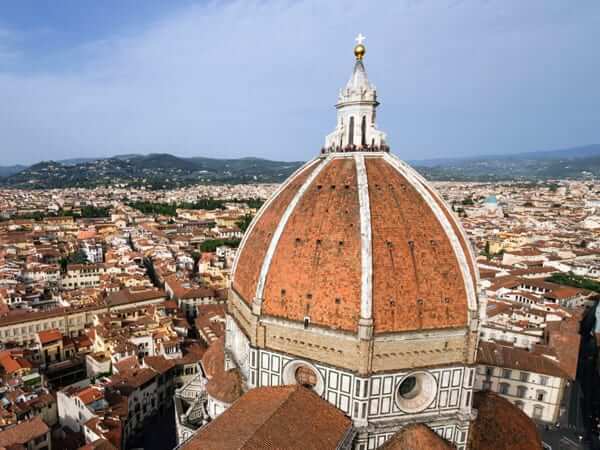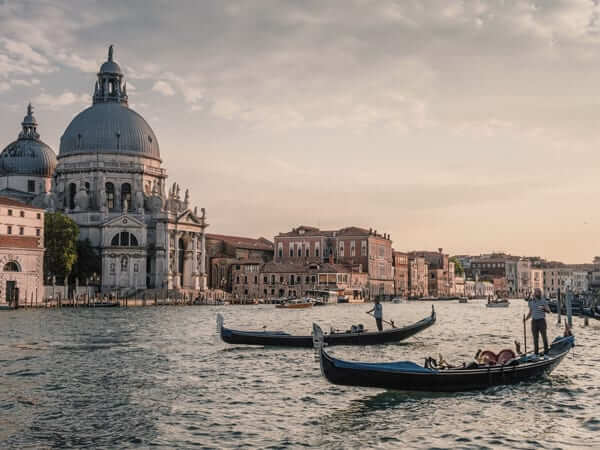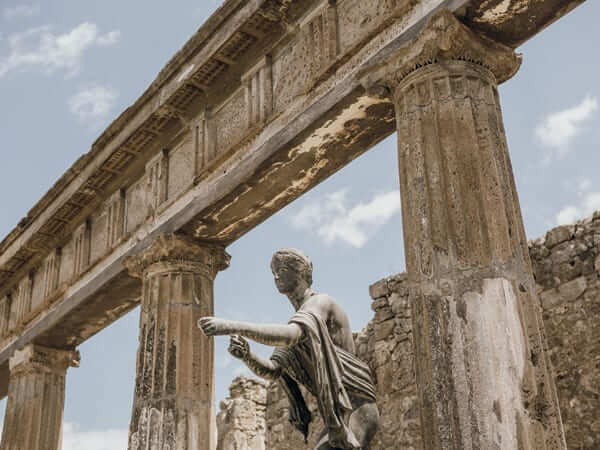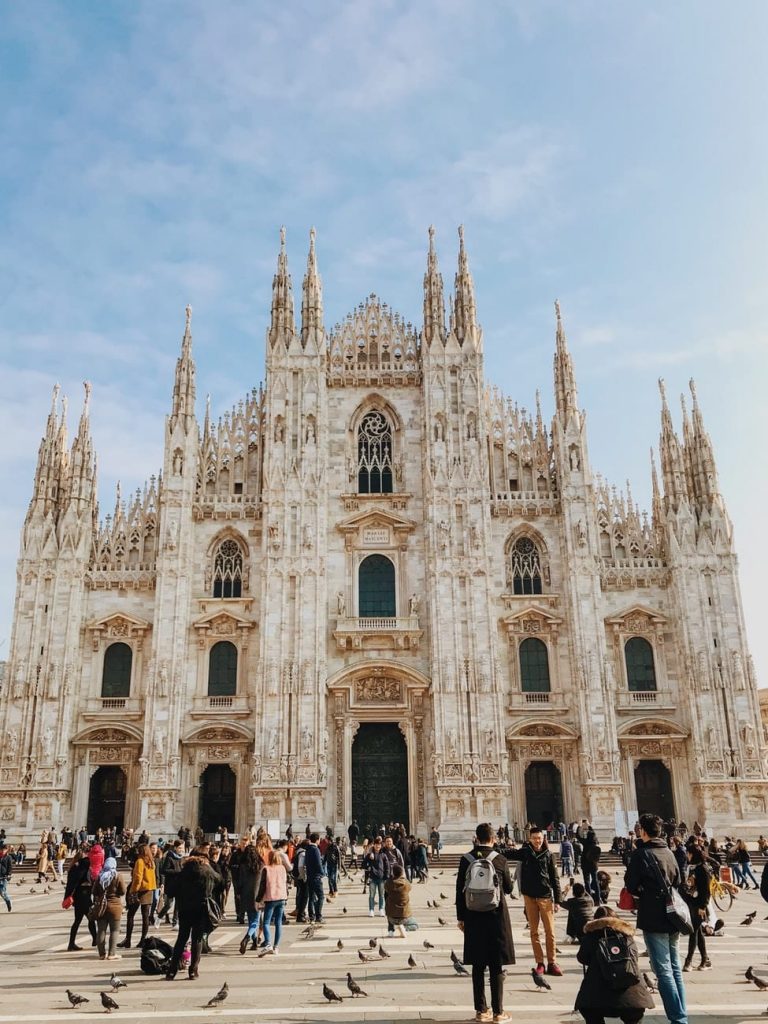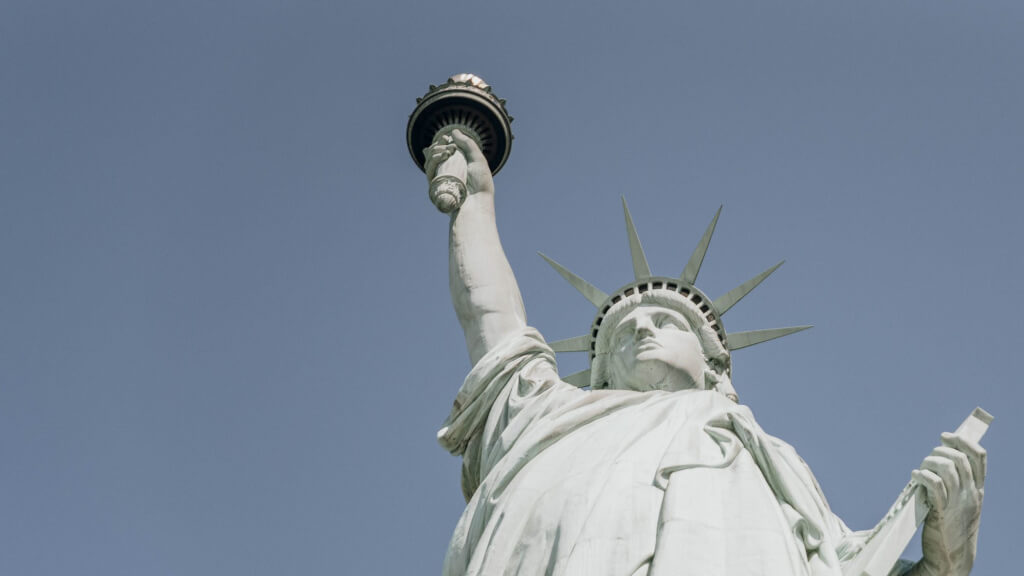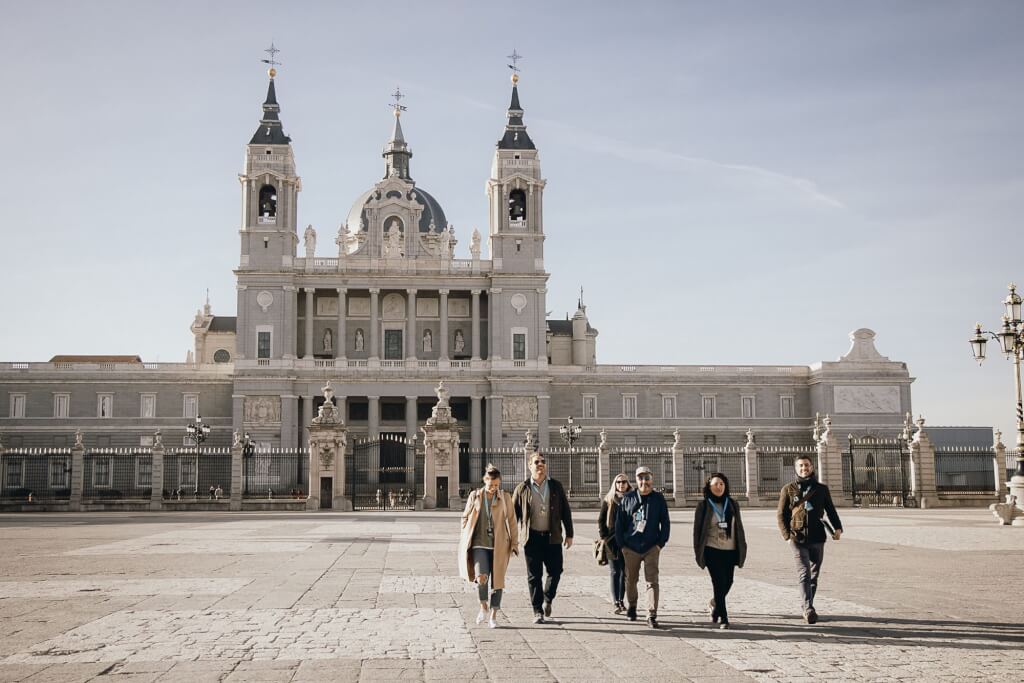
What Are the Boboli Gardens? 5 Reasons You Should Visit Them in Florence
November 5, 2025
Table of Contents
ToggleWhat are the Boboli Gardens?
Located across the Arno River in Florence from the Duomo and the Uffizi Galleries, the Boboli Gardens are a tranquil, verdant spot that are as easy on the eyes as on the ears and the olfactory glands. The vast garden contains sculptured hedges, marble statues, fountains, and artificial grottos. It’s a garden full of secrets and curiosities and should not be missed.
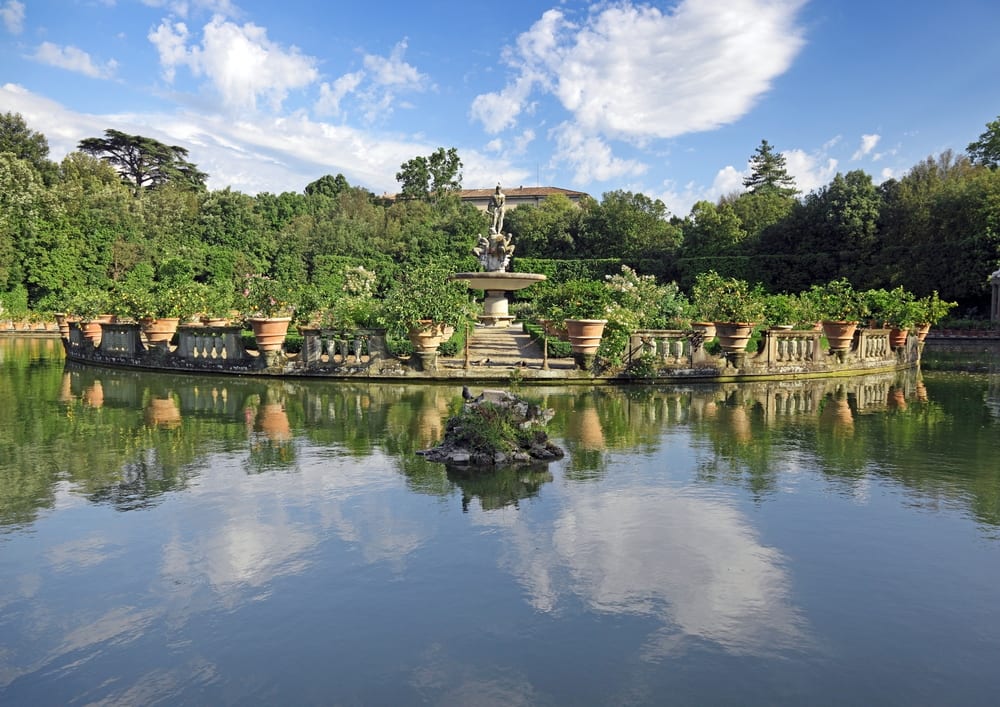
Enjoy being surrounded by peaceful greenery and ornate fountains in the Boboli Gardens
It’s also the perfect antidote to escaping the bustle of the streets of Florence. An ideal way to experience Bobili Gardens is to take a guided tour—a three-hour small-group tour that gets you skip-the-line-access to the magical Uffizi Gallery where you’ll be rewarded with up-close and insider’s look at works by Michelangelo, Rafael, Botticelli, and Da Vinci.
You will also stroll through the Vasari Corridor, a series of covered passageways used by the legendary Medici family to go the Palazzo Vecchio to the Pitti Palace. Once at the Pitti Palace, you’ll be able to amble through the leafy and eye-pleasing Boboli Gardens, learning about the intriguing history of Florence as you go.
So, if you’re asking yourself, “What are the Boboli Gardens?,” here are five reasons why you should put Boboli Gardens on your itinerary of Florence.
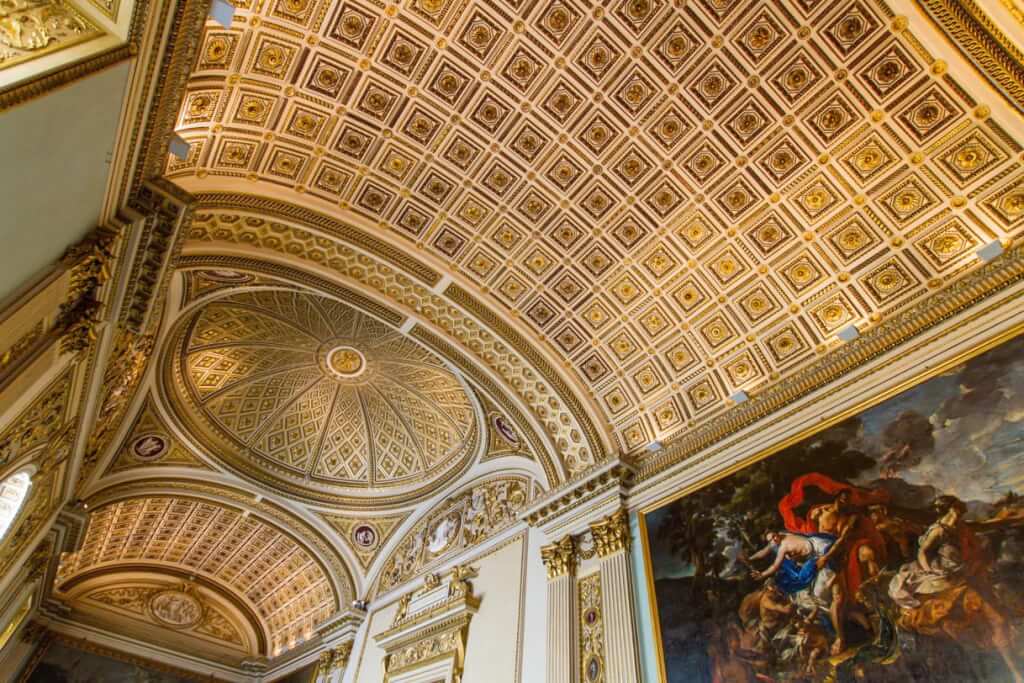
The Uffizi Gallery boasts one of the world’s most extensive collections of Renaissance art.
The Boboli Gardens – Top 5 reasons to visit
The Boboli Gardens were created by a powerful woman
In the year 1549, Eleanor of Toledo, who was married to Cosimo I de’Medici, laid out the plan to expand the already existing gardens of the Palazzo Pitti. She brought on architect Niccolo Tribolo to take care of the rest.
Born to a noble family in Salamanca, Spain, Eleanor became the powerful Duchess of Florence after her Medici marriage. When Cosimo was out of town, she often took the role of regent of Florence, ruling over the city. She also was in command of some of the Medici military campaigns. And she’s often credited with being the basis of the role of the first lady.
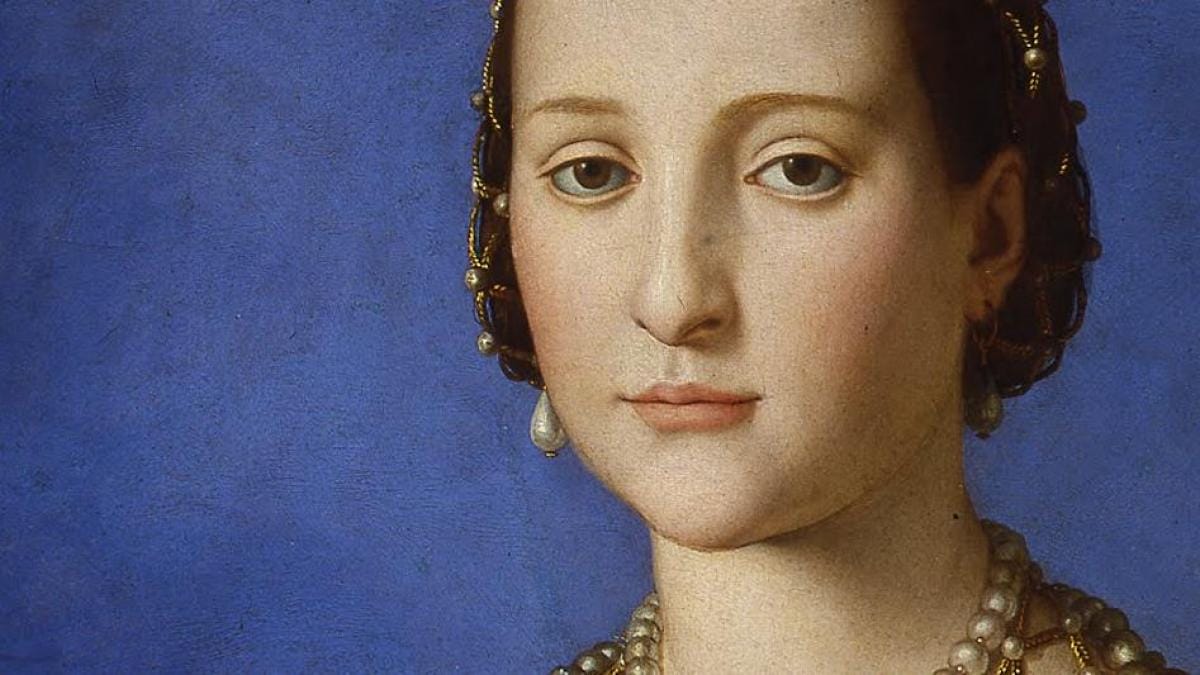
Eleanor de Toledo, was a big influence in the development of the Boboli Gardens
Walk through a mystical grotto with sculptures
The Grotta Grande, designed by Bernardo Buontalenti in the second half of the 16th century, is located in the far north of the gardens, near the entrance of the Vasari Corridor. The grotto features stone work that looks like it’s melting off the walls. The only comparison is the Dripstone Wall in Prague’s Wallenstein Gardens, designed a half a century later.
In 1585, four of Michelangelo’s slave sculptures were added to the grotto. They were here until 1924 when they were taken to the Galleria dell’Accademia across the river in Florence. But even without the Michelangelo masterpieces, the cave is a fun wander, as you can gawk at art and strange stone formations throughout.
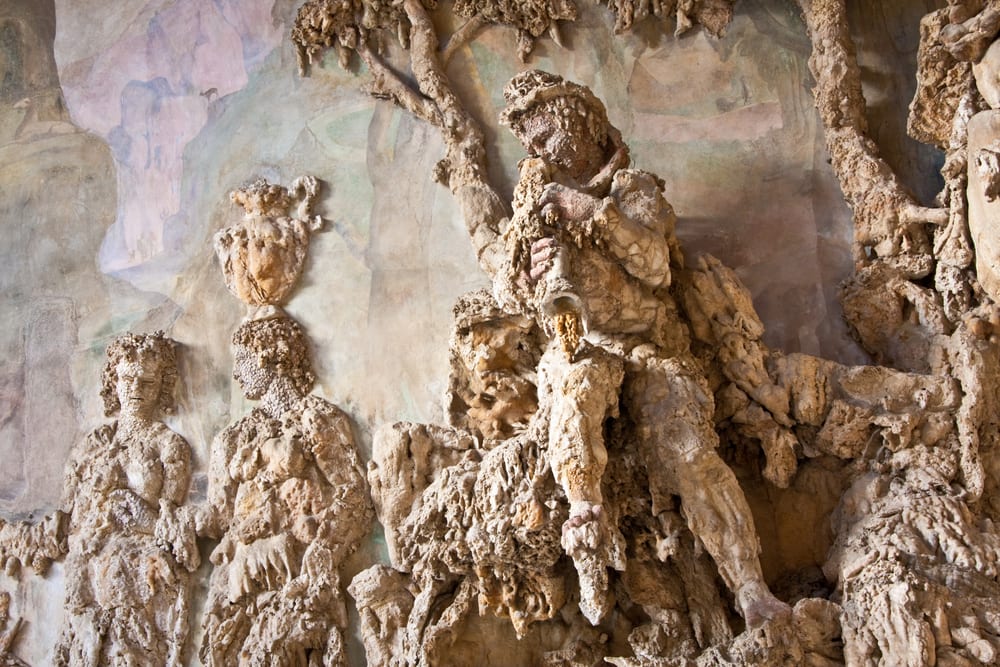
The strange and intriguing dripping detail of the grotto in Boboli Gardens
The obelisk and the tortoise
The gardens are studded with intriguing art works and sculptures throughout the vast, verdant space. There are eight ancient Egyptian obelisks in Rome. There’s one in Florence. And it happens to be in Boboli Gardens. It was made in the 13th century BCE.
The obelisk—with a height of 16 feet (just under 5 meters)—was brought to Rome in the first century CE. Sixteen centuries later, Cardinal Ferdinando de’ Medici added the obelisk to the Villa Medici in Rome. And a century after that, the obelisk found its way to Florence and, eventually, in the 19th century, to Boboli Gardens.

At just under 5 metres tall, the obelisk is a striking feature in the Boboli Gardens
Other sculptural symbols you may see in the gardens are images of tortoises. There is one on the facade of the Grotta Grande. The most famous tortoise in the gardens, though, is the sculpture of the (real life) dwarf court jester, Morgante: depicted as Bacchus, he is riding a tortoise. The tortoise is a symbol of Cosimo de’ Medici’s favorite phrase, “festina lente,” or “hastily slowly.”
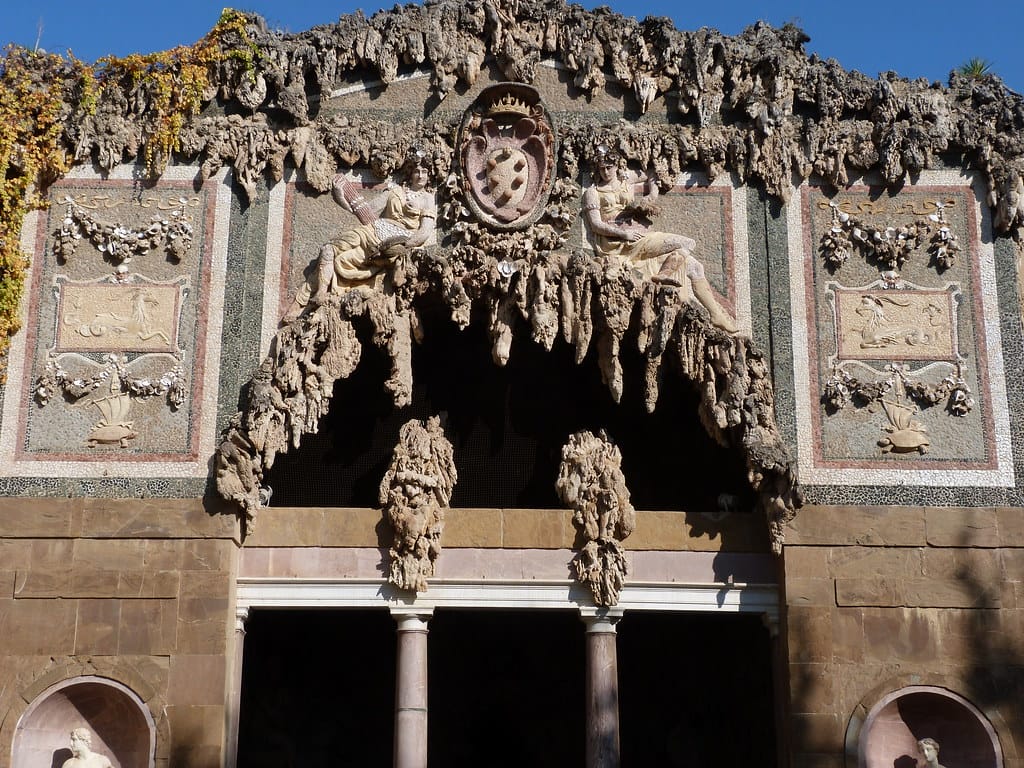
The Grotta Grande is strangely unique feature which will intrigue and surprise you
The Boboli prototype
There are other lush gardens in Europe that may get more attention—the gardens at Versailles, for example. The Monet Gardens in Giverny, France, the gardens at the Alhambra in Granada, Spain, and the aforementioned Wallenstein Gardens in Prague all capture the imagination of visitors.
But Boboli Gardens is likely the prototype for every European garden that came after it. As you walk through the hedge-flanked passageways, you may be reminded of the above gardens, but Boboli is the original.
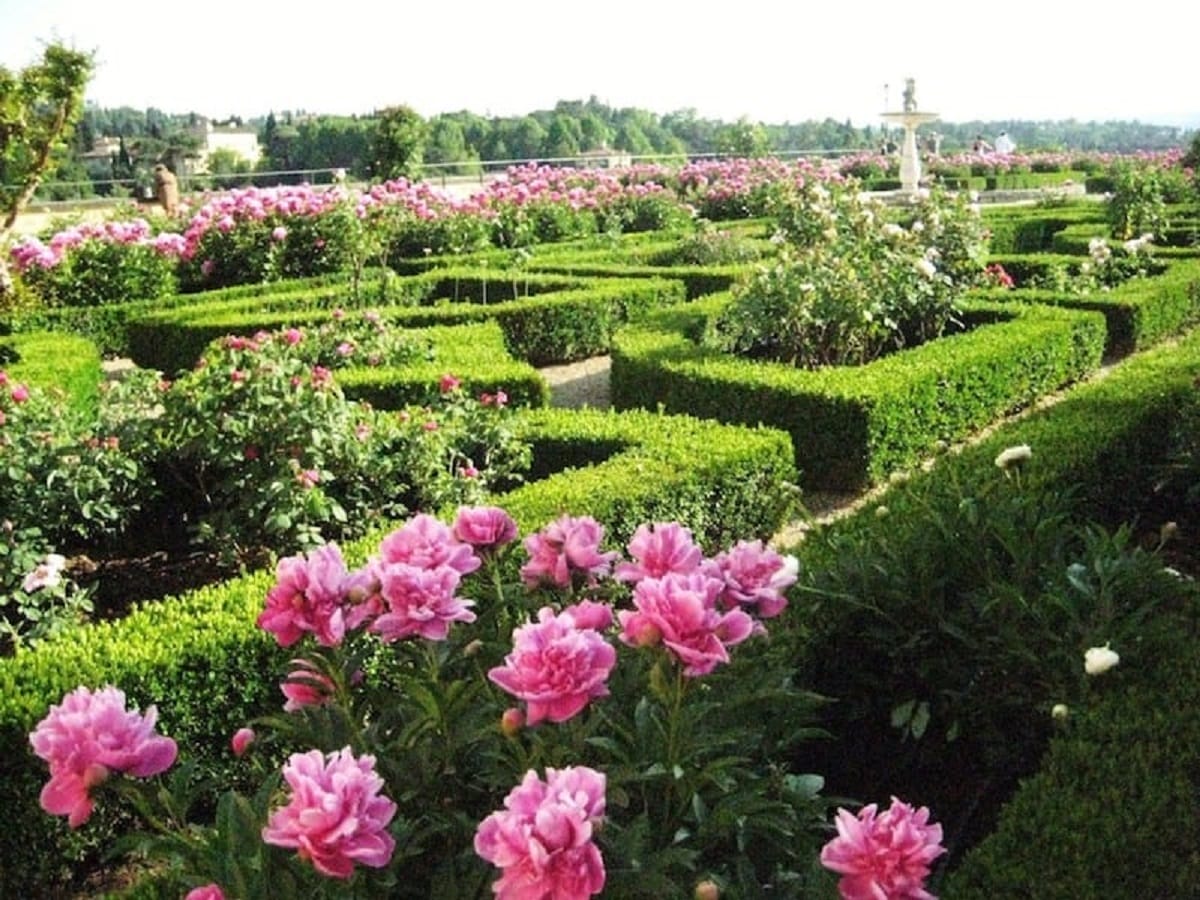
The manicured geometric hedges and floral displays only add to the luxurious and palatial feel of the Boboli Gardens
The Fountain of Neptune
Stoldo Lorenzi created this bronze fountain of Neptune grasping onto a trident. The 16th-century, Rococo fountain is sometimes referred to by locals as “La Forccheta,” or “The Fork,” because of the three-pronged trident. It could also have a deeper significance to local Florentines as the modern four-pronged fork was invented in Florence in the 15th century.
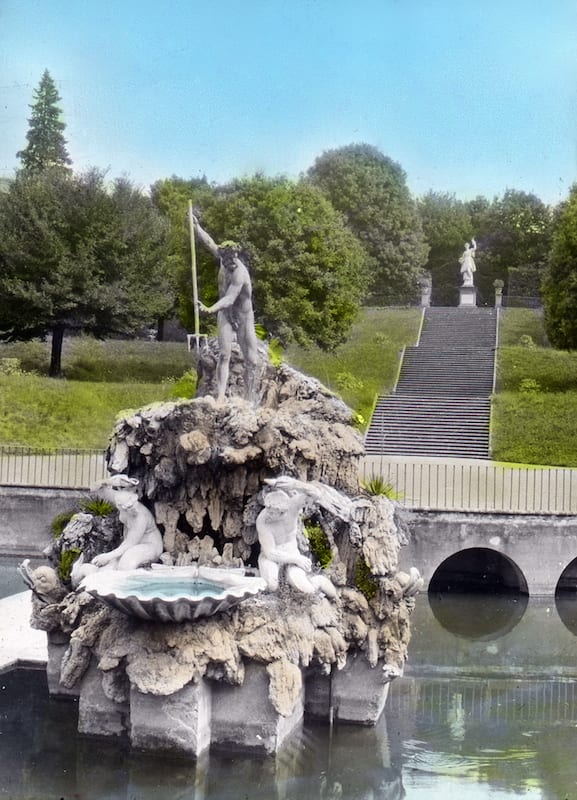
The Rococo fountain or “fork fountain” as it is locally known, is one of the most famous in the Boboli Gardens due to the statue of Neptune and his trident or fork!
Explore More:
The Vasari Corridor Tour by Walks of Italy
If you’ve ever wondered what are the Boboli Gardens and want to experience their fascinating history up close, the Vasari Corridor Tour by Walks of Italy is an unforgettable way to do it.
This small-group guided experience begins inside the world-renowned Uffizi Gallery, where you’ll skip the lines and stand before works by Michelangelo, Botticelli, and Da Vinci.
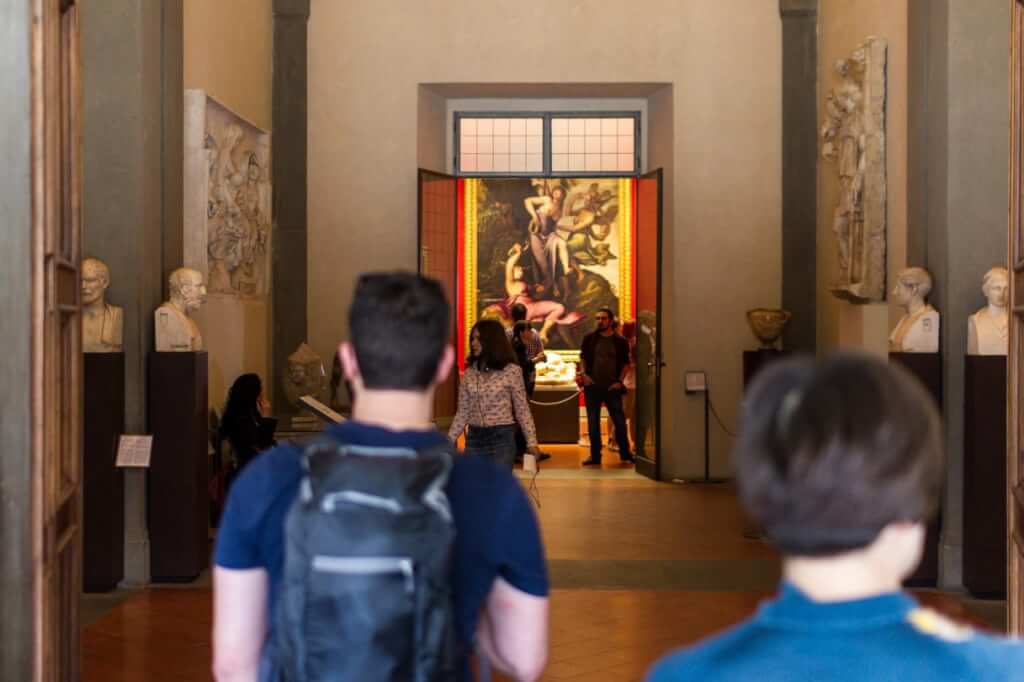
Get up close and learn all about the masterpieces in the Uffizi Gallery in Florence
From there, your guide leads you through the Vasari Corridor—a secret elevated walkway once used by the Medici family to move unseen across the city—to reach the Pitti Palace and the Boboli Gardens.
It’s a rare chance to step into Florence’s golden age and see what the Boboli Gardens are in their full historical context: not just a garden, but a living monument to art, power, and beauty.

Florence’s Ponte Vecchio is a large pedestrian bridge spanning over the Arno River.
FAQs – The Boboli Gardens
Why should you take a guided tour of Florence?
Florence is crammed with memorable sites and monuments. When you’re looking at something you’ll certainly want to know the deeper historical significance, right? A guided tour can do just that, as these small-group tours are led by a local expert. On this particular tour, you’ll get skip-the-line access into the world-famous Uffizi Gallery where you can stand in front of paintings by Da Vinci, Botticelli, and Michelangelo and learn why these iconic paintings changed the course of art history. You’ll also get access to the Vasari Corridor and, of course, get an insider’s look at Boboli Gardens.
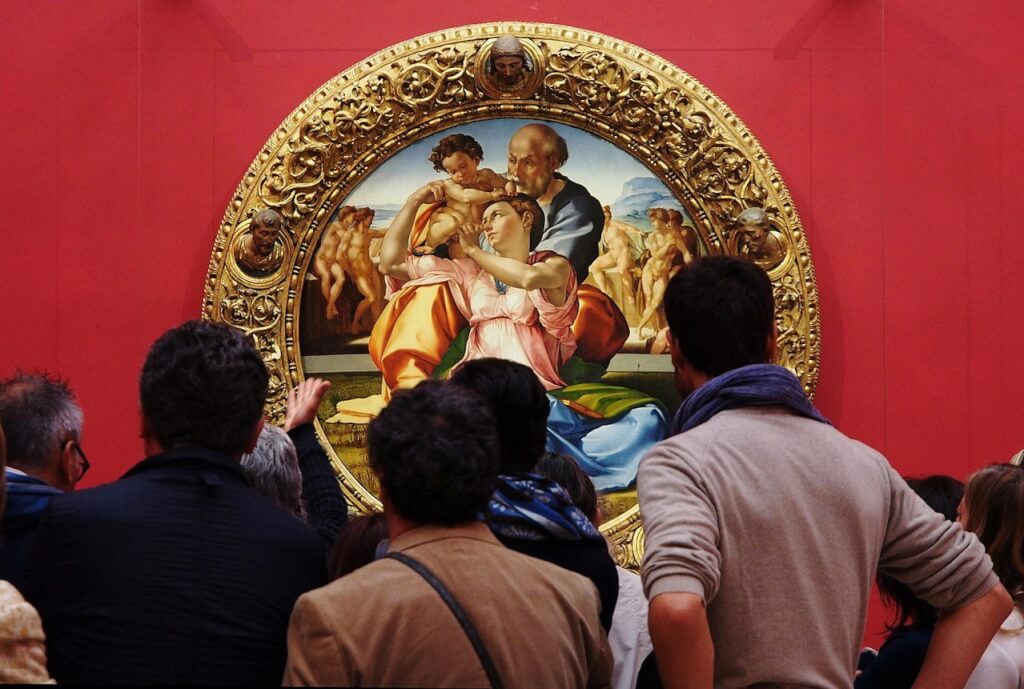
Wonder at the marvels of Michelangelo´s paintings which are housed in the Uffizi Gallery.
When is the best time to visit Florence?
Florence is best visited in the shoulder season—April and May, September and October—when the temperature is more ideal for enjoying the outdoors and the levels of tourism are lower than in summer.
What other attractions are worth seeking out in Florence?
You could spend the better part of a week wandering around Florence visiting its most famed sites, monuments, and churches. Some places you certainly don’t want to miss include, the Duomo (Florence’s famed cathedral); the Ponte Vecchio, the famed covered bridge over the Arno River; and the Accademia Gallery to see Michelangelo’s most iconic work, “David.”
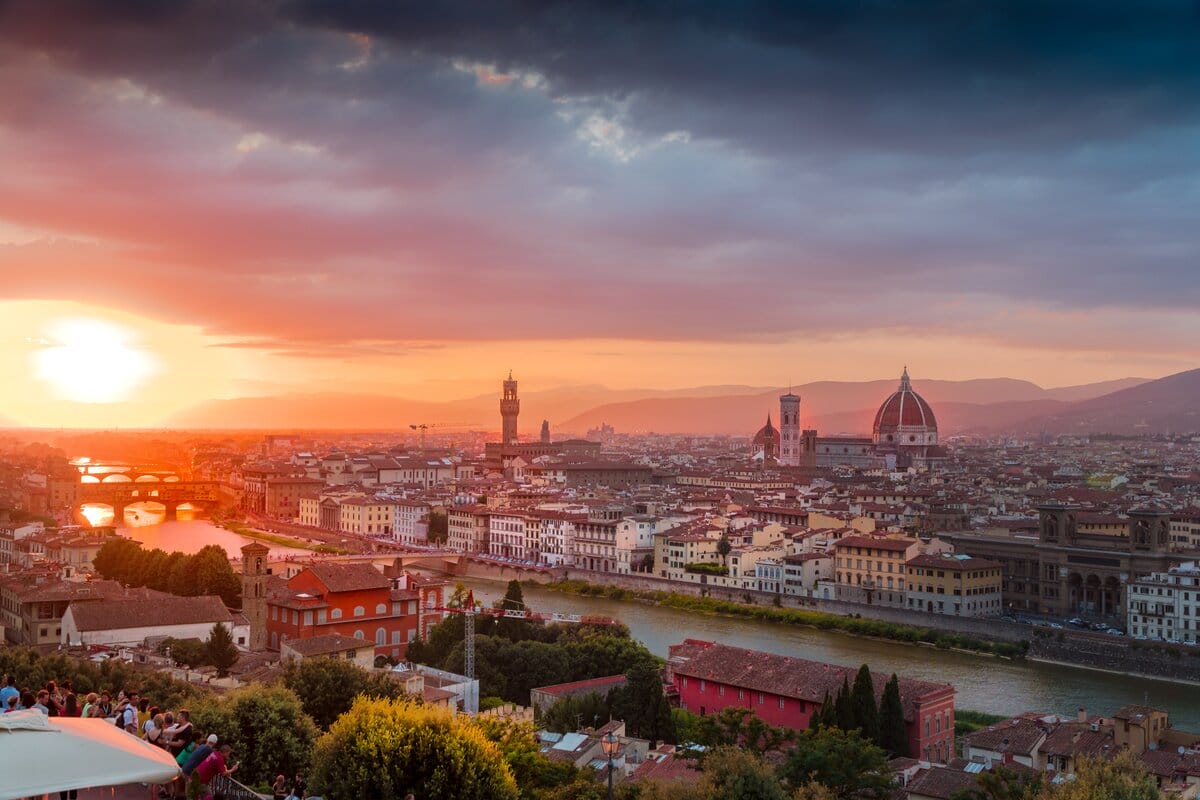
The stunning city of Florence at sunset, what could be more beautiful?
Want to know why you’ll be very satisfied you took a guided tour in Florence? Because you’ll go home with a much deeper knowledge of the place—particularly of the city’s history of art while at the Uffizi Gallery and about the Medici history of the city while at Palazzo Pitti and Boboli Gardens. Sign up for this skip-the-line tour of Florence to maximize your experience in Italy’s most handsome city.
by David Farley
View more by David ›Book a Tour
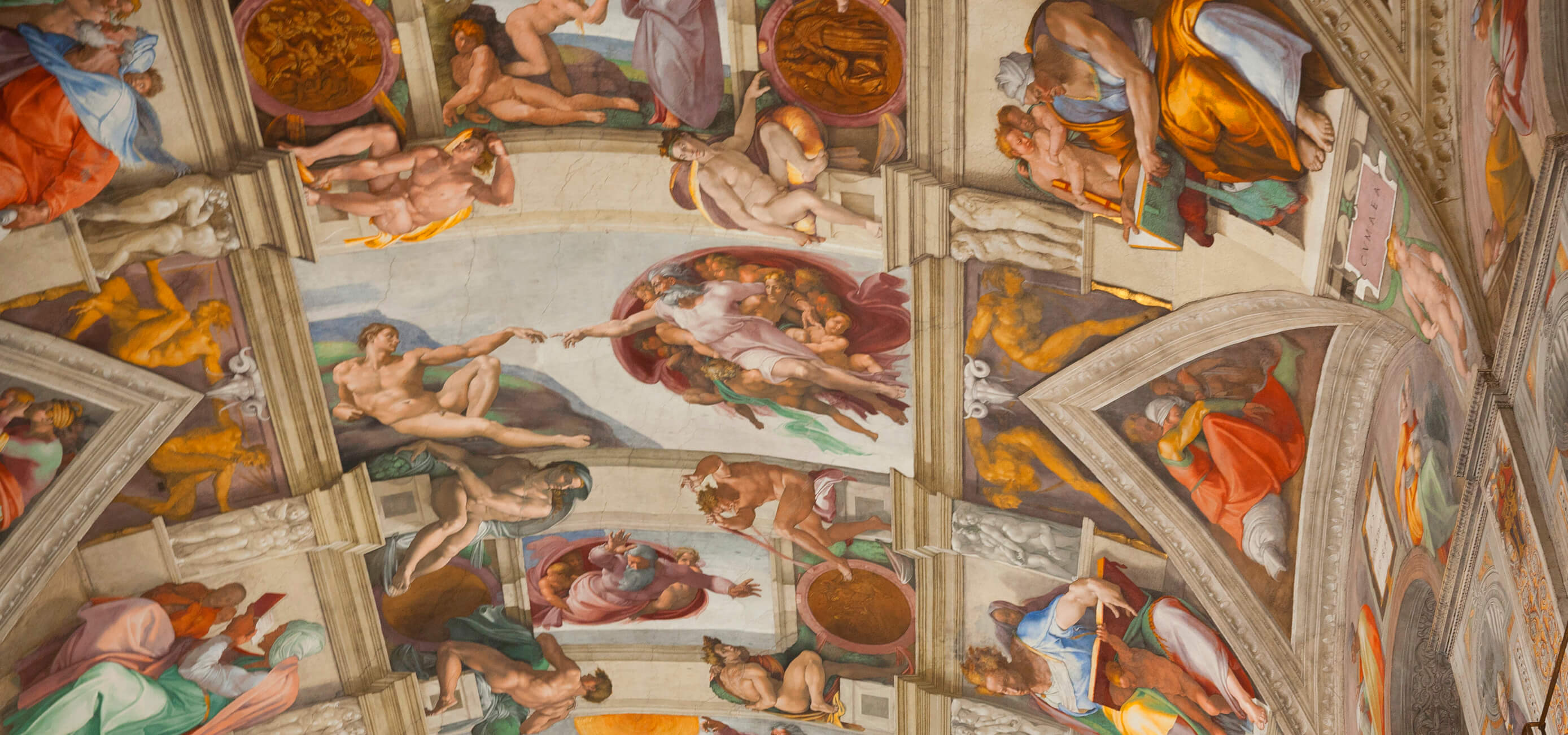
Pristine Sistine - The Chapel at its Best
€89
1794 reviews

Premium Colosseum Tour with Roman Forum Palatine Hill
€56
850 reviews
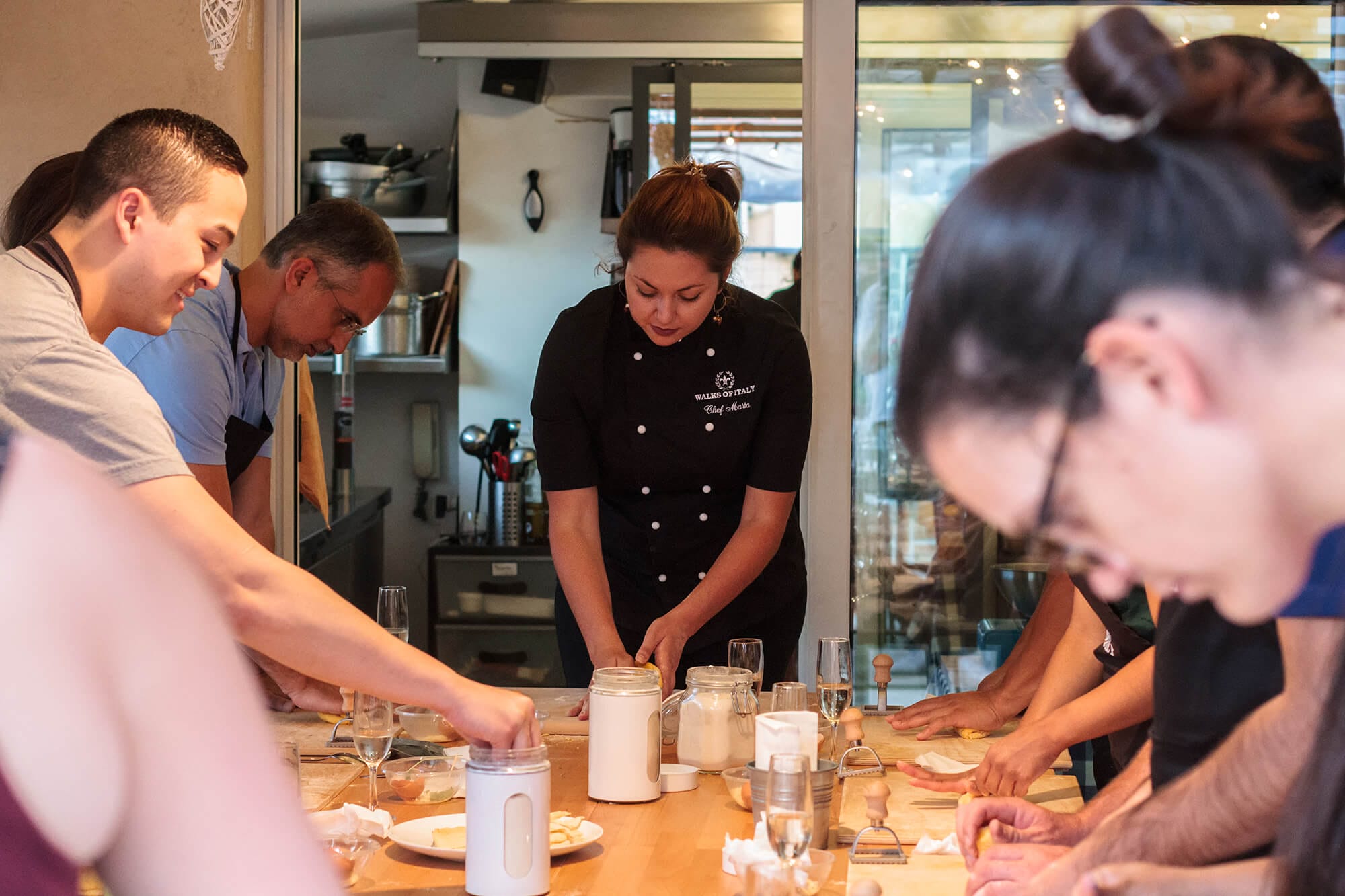
Pasta-Making Class: Cook, Dine Drink Wine with a Local Chef
€64
121 reviews

Crypts, Bones Catacombs: Underground Tour of Rome
€69
401 reviews
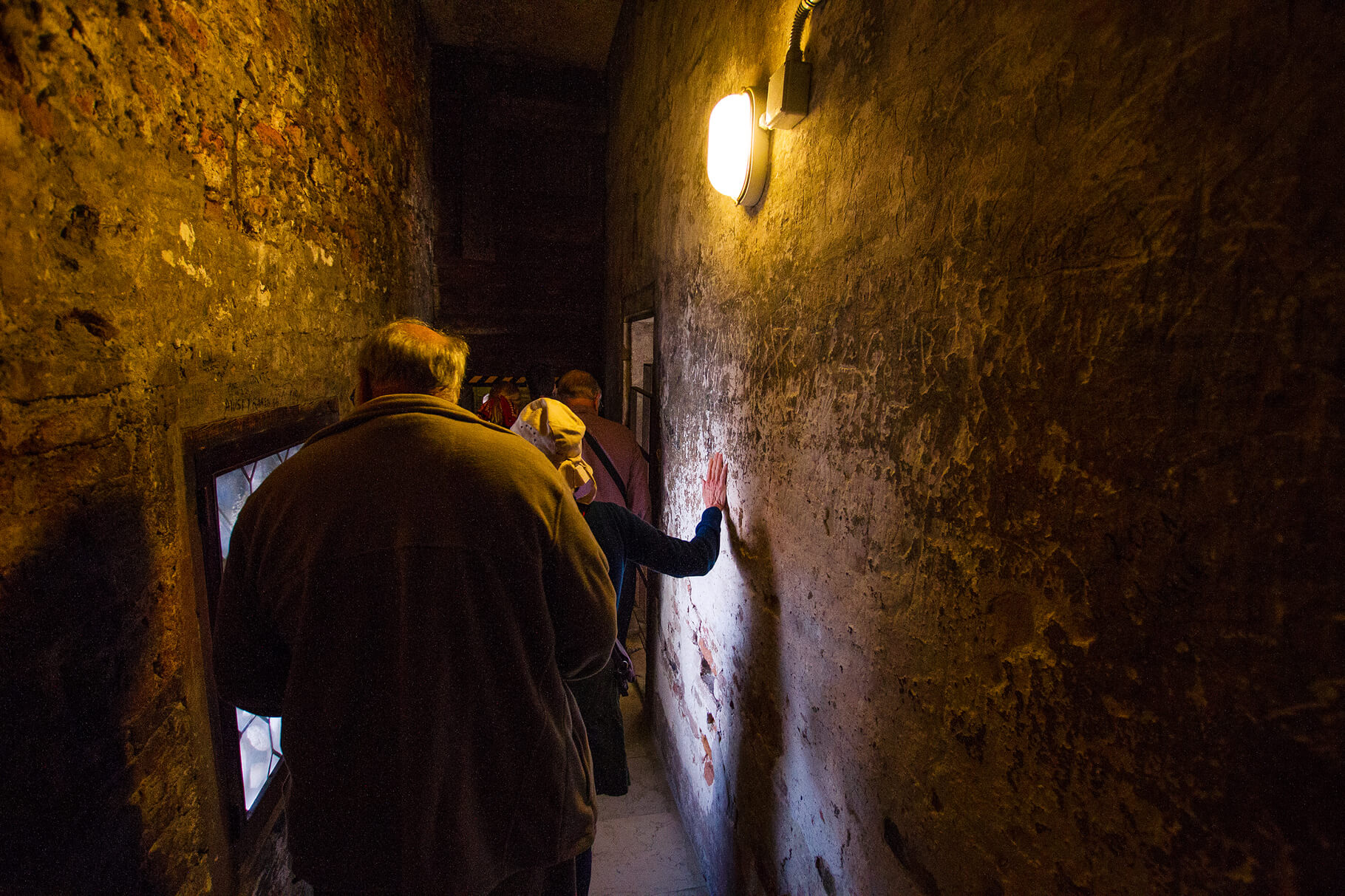
VIP Doge's Palace Secret Passages Tour
€79
18 reviews
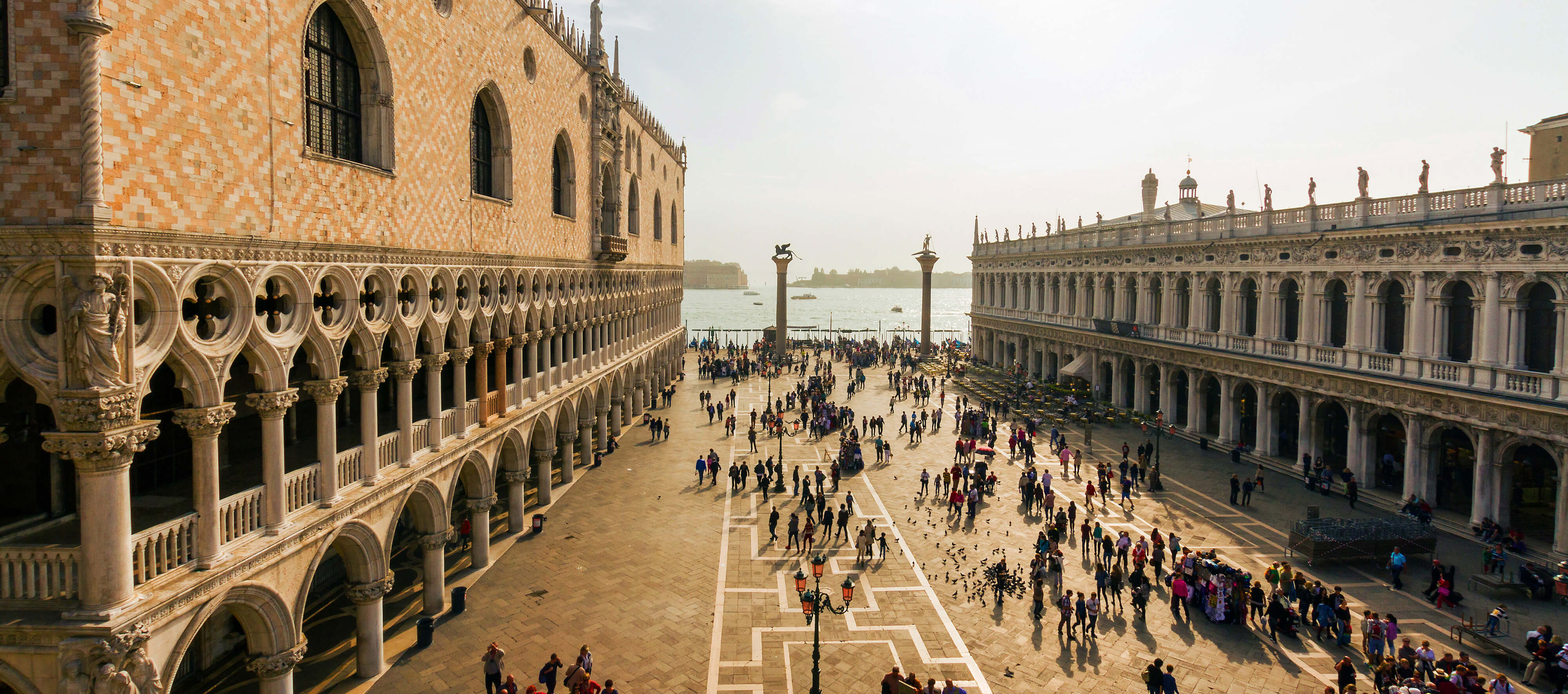
Legendary Venice: St. Mark's Basilica, Terrace Doge's Palace
€69
286 reviews


